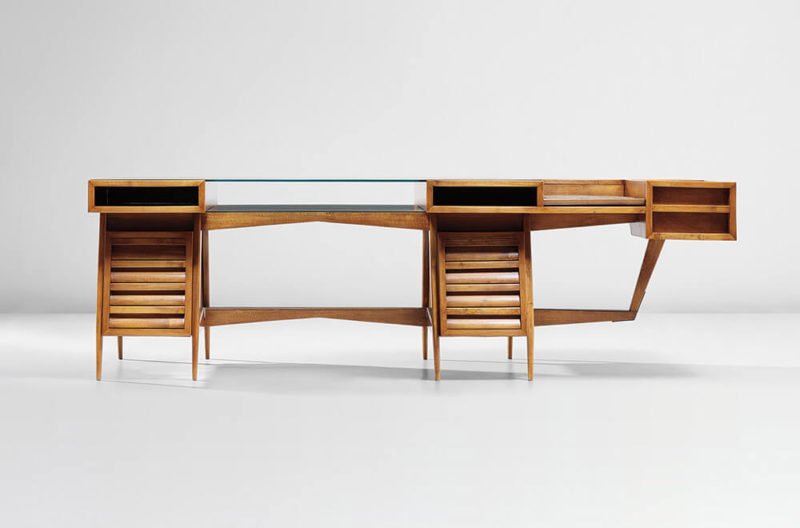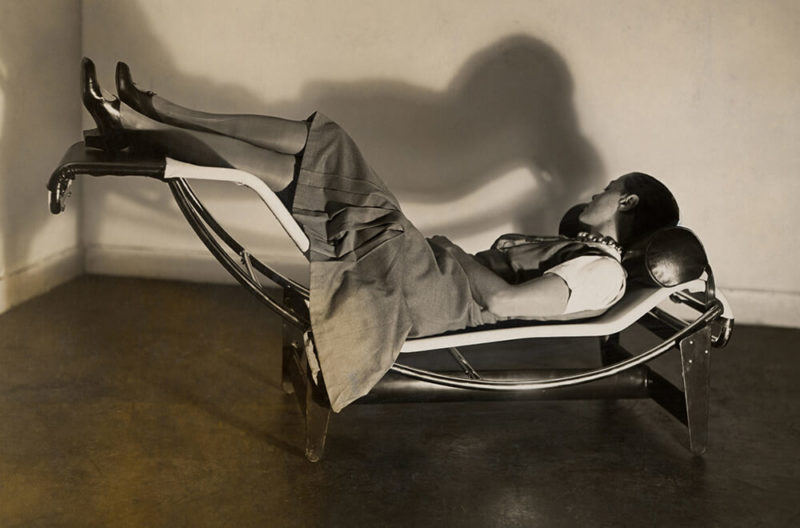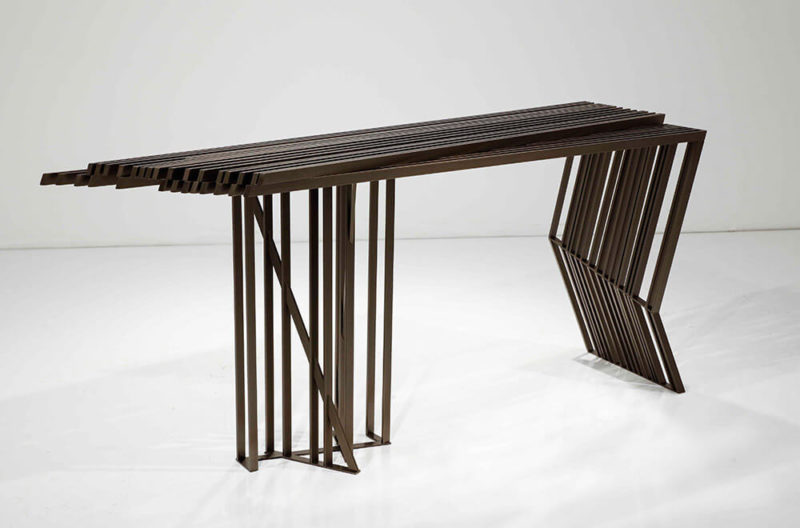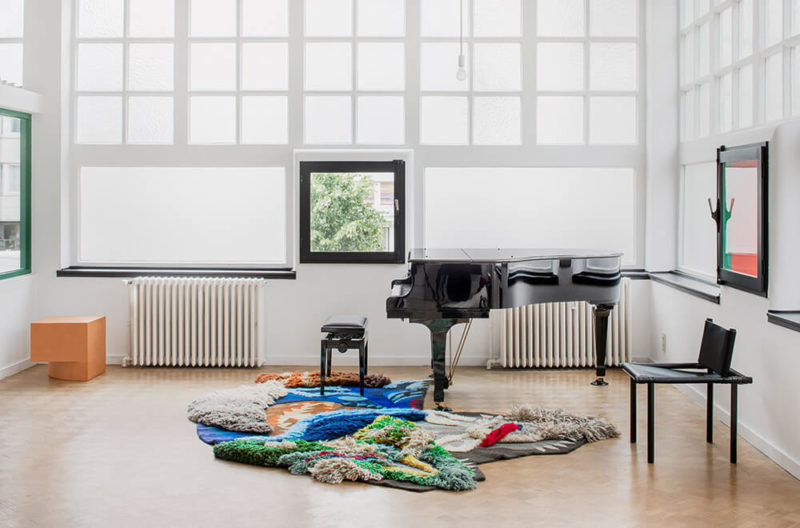Eileen Gray
A fresh perspective on the pioneering Irish designer, who was at the forefront of the Modern Movement.
29th February – 12th July 2020
Bard Graduate Center Gallery, New York (virtual exhibition)

Portrait of Eileen Gray, 1898-99
COURTESY: National Museum of Ireland
EILEEN GRAY (1878-1976) is considered one of the most talented and intriguing figures in the story of modern design. After two seminal retrospectives in 2013 (at the Centre Pompidou and the Irish Museum of Modern Art), and Dr. Jennifer Goff’s landmark monograph Eileen Gray: Her Work and Her World, it seemed that there was not much more to discover about the Irish-born modernist. However, new sources have recently emerged, prompting fresh investigations of Gray’s seven-decade career and dynamic lifestyle. These have led to a new retrospective curated by Cloé Pitiot: a collaboration between Centre Pompidou and the Bard Graduate Center (BGC). This is the first US show devoted to the multidisciplinary designer since MoMA’s exhibition of 1980.

Eileen Gray, ‘Dressing cabinet’, 1926-29
COURTESY: Centre Pompidou, Musée National d’Art Moderne, Paris / PHOTOGRAPH: © Centre Pompidou, Mnam-CCI, Dist. RMN-GP: Jean-Claude Planchet
The Bard Graduate Center Gallery is spread over three floors of a New York mansion house – its mission is to study the human past through its traces of design, objects and material culture. As such, it is the perfect venue to explore the legacy of Eileen Gray. Presented chronologically and thematically, every piece, every object, drawing, and photograph is beautifully presented, like a jewel. In an age when museums are admired for their size and spectacular architecture, there is something to be said for a show which explores a prolific and enormously influential figure in the context of an intimate gallery.

Eileen Gray, ‘Lamp’, 1923
COURTESY: Virginia Museum of Fine Arts, Richmond, Gift of Sydney and Frances Lewis, 85.169a-c. / PHOTOGRAPH: © Virginia Museum of Fine Arts, Katherine Wetzel
The exhibition begins with Gray’s early years in Ireland before attending the Slade School of Fine Art in London. In 1902, Gray moved to Paris where she built a prolific and successful career, concentrated in the first three decades of the century. Fascinated by Japanese lacquer, she learnt the craft with Japanese master Seizo Sugawara and immediately began exhibiting her lacquer work, setting up her own shop, Galerie Jean Désert, after the First World War. It was fashion couturier Jacques Doucet who discovered the young talent and began commissioning pieces of furniture for his new temple of art, which he curated as the backdrop for his growing collection of avant-garde art.
In the 1920s, Gray, fascinated by the new theories of the Modern Movement, moved away from the labour-intensive lacquer work. She became a pioneering figure in modern architecture and design, experimenting with new materials and concepts. She began using tubular and sheet metal, cork, and other cutting-edge materials; designed furniture according to the human body; created built-in pieces; developed minimalist interiors; and expressed concern for the physical and psychological wellbeing of the modern human. Eileen Gray’s work during the 1920s and early 1930s brought her to the forefront of the pantheon of modern design.

Eileen Gray, ‘Bibendum’ chair, circa 1927-29
COURTESY: Galerie Jacques De Vos / PHOTOGRAPH: Christian Baraja, Studio SLB
After WWII, Gray ceased her activity as a designer, but after her work was rediscovered in a 1968 article in Domus magazine (published as she reached her nineties), she went back to work. Having witnessed the evolution of modern design throughout the century, she developed a new interest in her own furniture. She crafted a few of her lacquer block screens, and in 1973, licensed her modernist pieces of furniture with London retailer Zeev Aram, making them affordable and widely known.

Eileen Gray, ‘E 1027’, Roquebrune-Cap-Martin, 1926-29
COURTESY: Centre Pompidou, Bibliothèque Kandinsky, Fonds Eileen Gray
This exhibition includes all of the groundbreaking and important projects in Gray’s career, including E-1027, the house Gray designed for Jean Badovici in Roquebrune-Cap-Martin (constructed between 1926 and 1929) and the iconic Fauteuil Bibendum (Bibendum chair), designed around 1927–29, and named after the Michelin company’s chubby mascot. But it also illuminates lesser-known facts, never-seen-before pieces, and new research, presenting, for instance, a very early Paravent Screen in ebonised wood from 1918 and ‘Guéridon’, a small table in lacquer, from 1925. Another highlight is ‘Oriental Mountebanks’, a frieze panel in lacquered wood, originally purchased by the famed dancer Loïe Fuller and sent to the US for the Panama-Pacific International Exposition in San Francisco 1915, which, miscatalogued, had been languishing in storage in the Maryhill Museum of Art in WA, unrecognised. It was only through the investigations of Dr Jennifer Goff, in preparation for this show, that it was rediscovered.

Eileen Gray, ‘Brick’ screen’ prototype, circa 1918
COURTESY: Robert and Cheska Vallois, Paris / PHOTOGRAPH: Arnaud Carpentier
As a whole, the exhibition demonstrates Gray’s free-spirited creativity, innovative approach to interiors and technical achievements in architecture. It provides a rare opportunity to see 200 works under one roof, representing the talent of a woman who succeeded creatively in the formative years of Modernism, in a world exclusively dominated by men. Gray’s work has become so rare that one cannot easily see much of it outside of the National Museum of Ireland, which holds the three most important archives and largest collection of her work.
Virtual Eileen Gray exhibition at the Bard Graduate Center Gallery, New York.







